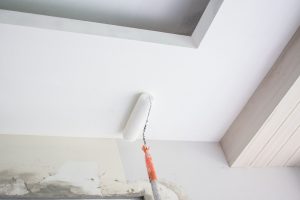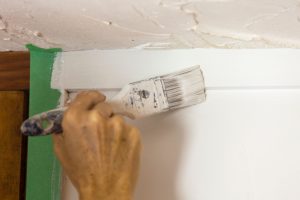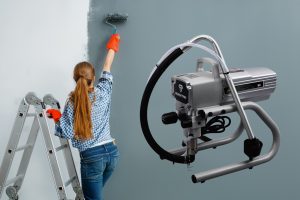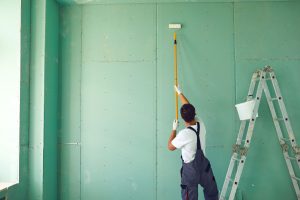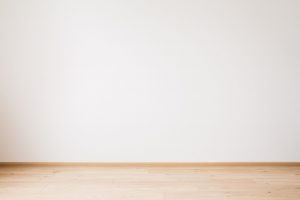Transform Your Walls: Faux Finish Techniques For Stunning Accent Walls

People who want to improve their homes can be creative with accent walls that have different textures and faux finishes. As shown here, walls can look like they are made of stone, wood, or cloth with paint, plaster, and other things. They can make plain walls look beautiful and draw attention to them. False finishes may provide warmth and drama by adding depth and dimension, therefore transforming a space from ordinary to spectacular.
These creative techniques represent unique taste and style and provide for infinite personalizing. Textured accent walls may elegantly bring together the décor of a space whether one chooses a slick metallic treatment in a contemporary living room or a rustic stucco finish in a small den. Moreover, these finishes may be a background for furniture or artwork, thereby adding to the whole visual appeal. Textured accent walls and faux finishes enable homeowners to create distinctive settings that appeal to their own style and personality, therefore impacting everyone who walks into the room.
Choosing the Right Technique for Your Space
Choose a fake finish style based on well-known techniques such color washing, sponging, and rag rolling, each with unique visuals. Using a damp sponge, sponging a textured, soft effect ideal for warm or rustic houses starts with a base coat then layering on a second color. Although on other materials, rag rolling rolls provide a more dynamic texture fit for contemporary designs on paint. Perfect for lovely houses, color washing is a diluted paint wash used over a base coat to provide a translucent aspect adding depth and refinement.
One has to evaluate the style, size, and lighting of the space to make a good choice on a method. While bigger spaces may manage stronger designs, smaller rooms may gain from lighter colors and simpler approaches to prevent overpowering the space. Furthermore, natural light is rather important; methods that improve light or replicate the tones of nature will provide a harmonic surroundings.
Experimentation using sample boards lets homes see their choices before they commit. Small section testing methods may assist ensure satisfaction with the final appearance by ensuring the completed area represents personal style and improves its general visual appeal.
Color Selection: Setting the Mood with the Right Palette
Colors set the mood of a place and so change the perception of textured walls as they also arouse the senses. Soft tones, such as pastels or mild neutrals, enhance subtle textures and help to create a peaceful, welcome surroundings. These colors enable the surface take center stage in home design but in a muted way as they highlight the delicacy of the texture.
Strong colors, like bright blues or fiery reds, can make a surprising focus point on a wall with different textures. Bright colors like these are great for accent walls in living rooms or creative spaces because they stand out and make the space feel alive.
Use colors that are different from each other to get a nice effect. Visual harmony will result from matching a textured wall with surrounding walls in brighter or deeper tones of the same color without overwhelming the senses. Including metallic tones—gold or silver—allows richness and depth as well as helps the texture sparkle and catch the light, thus improving the whole atmosphere.
Choose colors so that the accent wall complements the surrounding walls to provide a consistent whole for the space. This careful approach creates a pleasing and friendly space that improves the complete living area.
Applying Texture with Sponges and Brushes
With the sponging method, one may efficiently use natural or marine sponges to get a smooth, layered appearance. Prepare the area first for the paint-based base coat. To prevent a thick coating, after the paint dries, color the sponge the desired hue and wipe off any additional paint. Dab the sponge on the wall at many angles and with minimal pressure to create a reasonable appearance. For depth, apply varying tones; let each layer dry before adding more.
Using brushes will improve the textured quality. On accent walls, use brushes of different sizes—flat, angled, or round—to produce strokes, waves, or complex patterns. Apply strokes varied in pressure and movement using a loaded brush. Use a sweeping motion for a wave effect; stippling may add variety and interest.
Practicing on a test surface is very vital before using methods on the wall. This stage helps people to become experts in pressure, rhythm, and application technique thus guaranteeing an amazing output. Testing brushes and sponges will provide distinctive textures and visual appeal in any environment.
Advanced Techniques: Stenciling, Metallic Finishes, and Plaster Effect
Adding complex patterns to walls or surfaces by stenciling is a great way to improve both fun and refinement in a room. One may build a really beautiful background by using several stencil patterns, ranging from floral to geometric forms. This approach lets one customize the environment of any space, whether of subtle elegance or strong brightness by using color combinations and arrangement to enable creativity.
Including metallic finishes sharpens any design. Modern and contemporary environments would find these finishes perfect as they not only provide a rich glitter but also catch the light in amazing ways. Gold, silver, or copper accents may highlight architectural details or artwork, therefore accentuating the whole visual appeal and adding grandeur.
Using Venetian plaster or any rough substance produces similarly amazing tactile sensation. Like actual stone or worn surfaces, this approach gives walls character and warmth. The delicate layering effect produced by the interaction between stenciling and plaster stimulates touch and lets light bounce differently all across the region. These contemporary methods turn everyday settings into remarkable architectural statements.
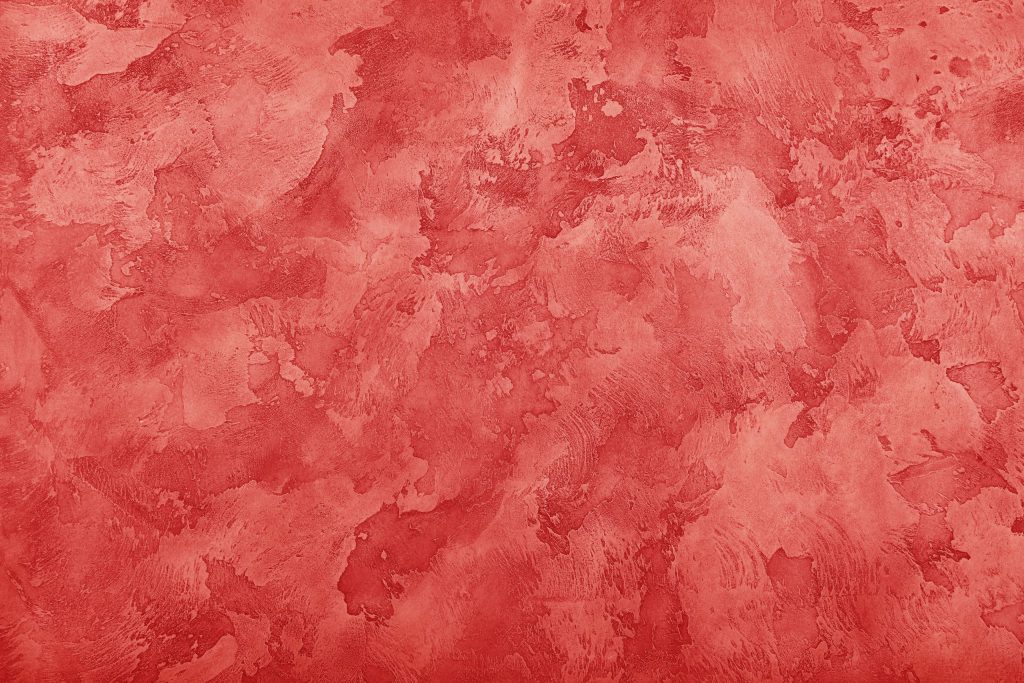
Conclusion
Offering a special mix of elegance and warmth that accentuates any area, faux finishes and textured walls may drastically change the look and feel of a place. Using these methods will help homeowners to create dimension and depth, therefore reflecting their own style and producing a welcoming environment. The adaptability of fake finishes lets one create endlessly; whether one chooses a strong marbled illusion or a subdued linen texture, every approach offers a chance to personalize a living area. Readers are urged to use these techniques as they not only improve the visual attractiveness but also help to create an appealing atmosphere that fascinates everyone who visits. Textured walls allow every area to be a blank canvas for creative expression, therefore giving places a very personal and characterful quality. Examining the “Painting Techniques and Tips” blog may provide people looking for new ideas and direction insightful analysis on how to master these approaches and improve the attractiveness of their houses.

